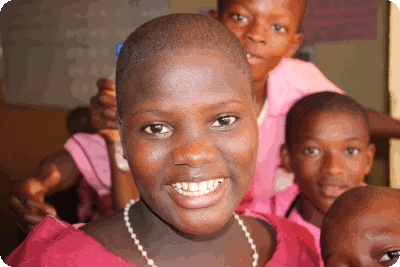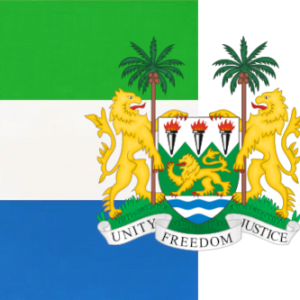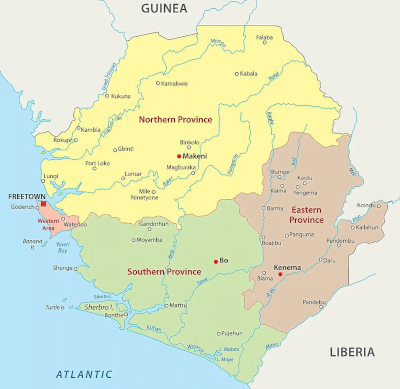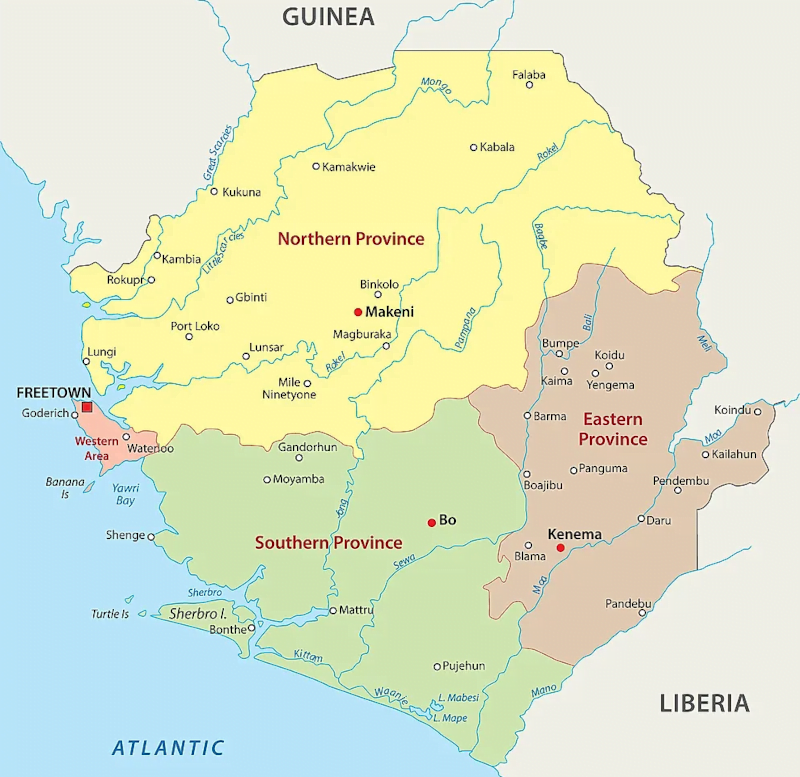Water
Our Programs
- Water & Sanitation
- Education & Schools
- Stanton Scholarship
- Clergy Safety
- Retirement Housing
Objectives
The Water, Sanitation and Hygiene Facilities Program will assist community led development of cost effective and sustainable management of stations that will have water supply wells, power and distribution appurtenances, washing facilities, community toilets, and septic disposal systems. By constructing demonstration stations, training local people to operate and maintain the stations, training the community surrounding the stations on their proper use, and providing technical support to the local communities, these projects will increase the percentage of people with access to safe drinking water and improved sanitation facilities.
Benificiaries

Target beneficiaries are people living in the communities surrounding the water/hygiene stations. Equal access will be provided regardless of religion, tribe, race, gender, or other discriminating factors. There will be approximately 35,000 direct beneficiaries (men, women, and children) living in the areas surrounding the stations. Operation and maintenance of the stations will employ a limited number of individuals from the communities being served.
Viability
Governments in Africa recognize that access to safe water and hygiene facilities is key to national development. The Order works with relevant governmental ministries, departments and with community leaders to locate, design, and construct the stations in conformance with government and local standards. The Order utilizes its membership to provide technical oversight, and utilizes local labor sources for construction.
Sustainability
The Order will identify suitable personnel and provide them with training on operation and maintenance procedures for the station’s equipment and facilities. The Order will maintain a central warehouse where there will be technical experts to assist local maintenance workers. The warehouse also have the spare parts needed to maintain the stations. The government, working through local districts, will pay the ongoing salaries and maintenance costs.
Background
Sierra Leone is located onthe west coast of Africa between Guinea and Liberia on the north, east and south; and the At- lantic Ocean on the west. Its land area covers approximately 71,740 square kilometers (km2) (27,700 square miles). It has a tropical climate with two distinct seasons: a dry season that starts in November and ends in April; and a rainy season that starts in May and ends in October. The estimated population is approximately 8.2 million people, with annual population growth of 2.1% . Children under the age of 14 years make up 41.9% of the country’s population. Agriculture employs two-thirds of the country’s population, the majority of which is involved in subsistence agriculture that contributes 51% of the country’s GDP.
Before the Sierra Leone Conflict (1991-2002), the Western Rural District boasted a stable and promising economy with one of the most affordable living standards in Western Africa. The Conflict killed over 20,000 people and caused untold suffering when 75%-85% of its population became displaced. The District saw extensive movements of people from neighboring areas that damaged an already inadequate economic and social infrastructure. While some recovery oc- curred after the Conflict, Sierra Leone suffered setbacks including the Ebola outbreak that started in March 2014.
 Sierra Leone has some of the poorest health indicators in the world: Life expectancy is 55.9 years. Approximately 38% of the population does not meet their daily food needs. Approximately 27% of children are underweight. Infant mortality rate is 96.3 deaths per 1,000 live births; under-five mortality rate is 70.1 deaths per 1,000 live births; and a maternal mortality rate is 857 deaths per 100,000 births. The average Sierra Leonean is threatened by malaria, acute respiratory infections, tuberculosis, water-borne diseases, diarrhea, severe chronic malnutrition, and HIV/AIDS. Access to safe water is significantly less than 50% in all districts except for the Western Area. With micronutrient deficiencies, vaccine-preventable and water-borne diseases and poor caring practices in the home, malnutrition contributes to 46% of all child deaths in Sierra Leone. All these factors contribute to Sierra Leone being ranked 182 out of 189 countries in the 2019 World Development Report/Human Development Indicators report.
Sierra Leone has some of the poorest health indicators in the world: Life expectancy is 55.9 years. Approximately 38% of the population does not meet their daily food needs. Approximately 27% of children are underweight. Infant mortality rate is 96.3 deaths per 1,000 live births; under-five mortality rate is 70.1 deaths per 1,000 live births; and a maternal mortality rate is 857 deaths per 100,000 births. The average Sierra Leonean is threatened by malaria, acute respiratory infections, tuberculosis, water-borne diseases, diarrhea, severe chronic malnutrition, and HIV/AIDS. Access to safe water is significantly less than 50% in all districts except for the Western Area. With micronutrient deficiencies, vaccine-preventable and water-borne diseases and poor caring practices in the home, malnutrition contributes to 46% of all child deaths in Sierra Leone. All these factors contribute to Sierra Leone being ranked 182 out of 189 countries in the 2019 World Development Report/Human Development Indicators report.
The Order of St. John Paul II (the Order) supports sustainable community development in poor communities throughout the world. Support is based on needs identified by the local Bishop and is provided independent of religion, race, tribe, gender or region. Specific areas supported by the Order include:
- Schools;
- Water and sanitation projects;
- Health and nutrition projects;
- Agriculture and food security;
- Community capacity building (development, education & leadership training);
- Relief and rehabilitation;
- Human rights
We Invite Your Support
Your generous donation will help The Order of St. John Paul II realize its goals for these West Africa Programs.



